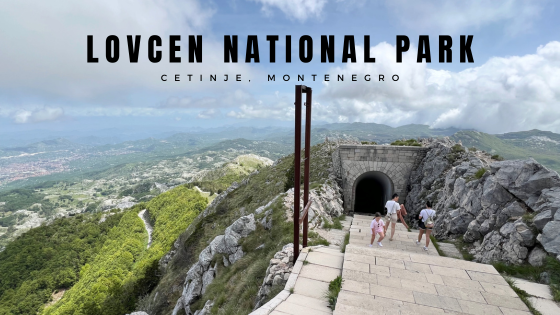The Leaning Tower of Pisa, a world-renowned icon of Italy, has long captured the imaginations of travelers worldwide. I vividly remember reading about this architectural marvel in my school textbooks as a child, marveling at its curious tilt and intriguing history. Few years back, I had the incredible opportunity to visit this iconic landmark in person, and it was truly a dream come true.

As a child, I was fascinated by the stories of the Leaning Tower of Pisa that I read in my school textbooks. The tower began its slow tilt during construction due to unstable foundations and soft soil. Its unique appearance was a result of both engineering mishaps and the passage of centuries.


I remember sitting in the classroom, tracing the image of the tower with my finger, wondering what it would be like to stand beneath its leaning facade. My young mind was filled with questions about this architectural enigma, and it became one of the destinations I dreamt of visiting someday.
Fast forward to the day we arrived in Pisa. It was a brief stopover from Rome since we were headed to Florence. We just left our luggage at a luggage storage near the Pisa station and looked for buses going to Piazza del Duomo, home to the Leaning Tower. The moment I caught my first glimpse of the tower, it was as if I had stepped into the pages of my old textbooks.

The sight before me was both surreal and awe-inspiring. The Leaning Tower, adorned with white marble and standing proudly despite its lean, appeared like a vision straight from my childhood dreams.

Approaching the tower, I was struck by its unique charm. As I stare the cool marble surface, I could feel the history and the whispers of countless visitors who had come before me. The lean, which had once been a mistake, now stood as a testament to human ingenuity and determination to preserve a cultural treasure.
I couldn’t resist the urge to join the ranks of tourists attempting to take the quintessential “holding up the tower” photos. Laughter filled the air as visitors from around the world tried their best to capture that perfect moment.

Apart from the tower, remarkable sights on the square are Fontana dei Putti, Angelo Caduto (or the fallen angel sculptor), the Opera della Primaziale Pisana, the mighty Cattedrale di Pisa, and the Battistero di San Giovanni. These structures amplifies the architectural and historical vibe of Pisa’s Cathedral Square.


Visiting the Leaning Tower of Pisa as a child who had grown up learning about it in school was a poignant and cherished experience. The tower had been more than just an architectural wonder; it had been a symbol of curiosity, imagination, and the limitless possibilities of exploration. As I left the area that day, I carried with me not only photographs and memories but also a profound sense of wonder that had begun in the pages of my school textbook.







